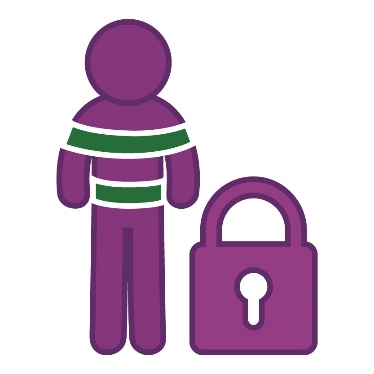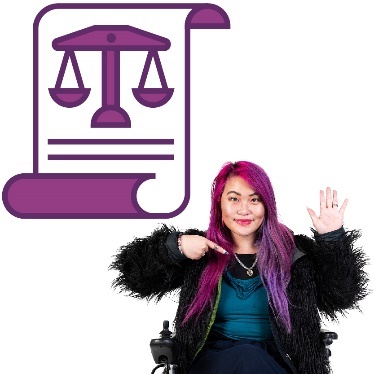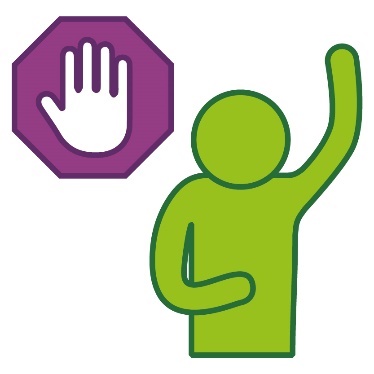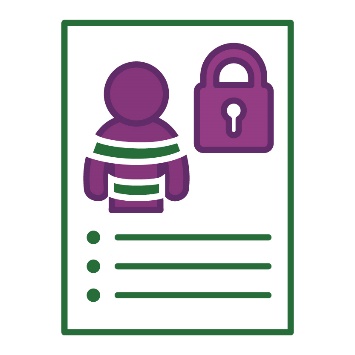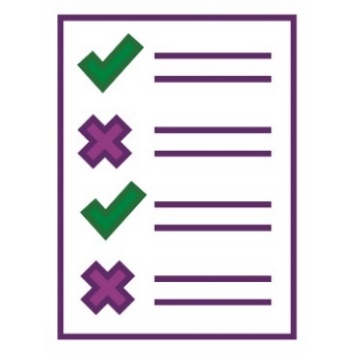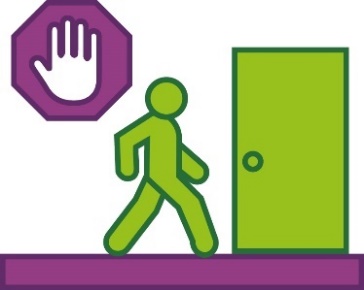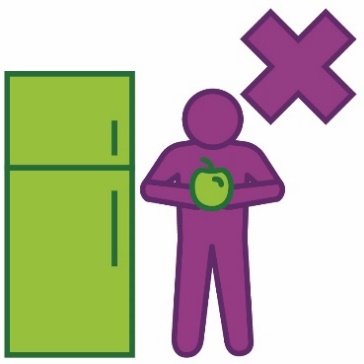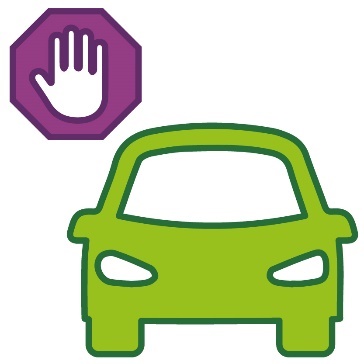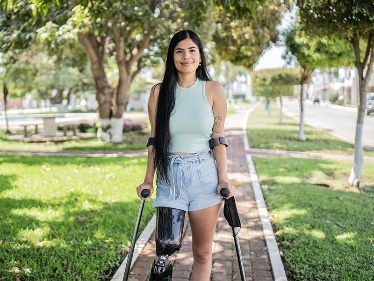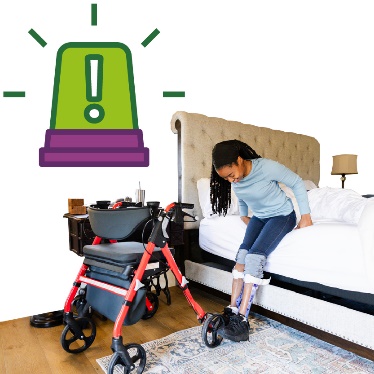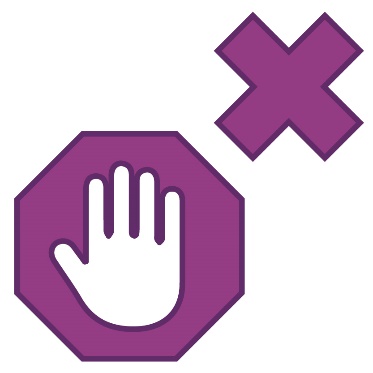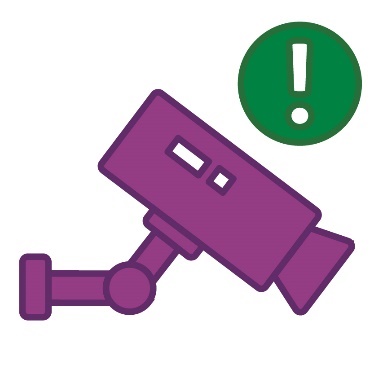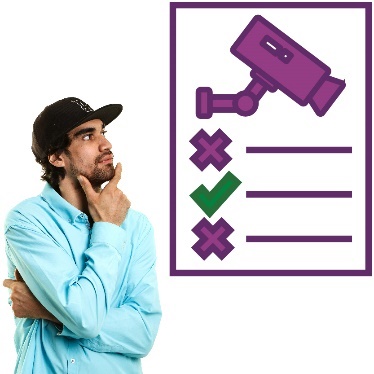Can this technology be a restrictive practice?
|
|
Restrictive practices are actions that stop people from:
|
|
|
|
Restrictive practices can take away a participant’s rights. |
|
|
|
Rights are rules about how people should treat others:
|
|
|
|
Surveillance technology is a restrictive practice when it stops a participant from doing what they want. |
|
|
|
We regulate some restrictive practices. We call these ‘regulated restrictive practices’. |
|
|
This means there are laws and rules about their use. |
|
|
We also look at how they are used. |
|
For example, it is a regulated restrictive practice when an NDIS provider uses alarms to stop a participant: |
|
|
|
|
|
|
|
|
|
|
|
|
You can find out more about how we regulate restrictive practices on our website. |
When is this technology not a regulated restrictive practice?
We do not regulate surveillance technology when it: |
|
|
|
|
and |
|
|
|
|
|
|
For example, an NDIS provider might use an alarm for a participant who is at risk of falling. The alarm tells them when the participant gets out of bed and might need support. |
|
|
The alarm does not stop the participant from doing what they want. |
|
|
It is important to know why surveillance technology is being used. |
|
|
This helps people to know when technology is or is not a restrictive practice we regulate. |
